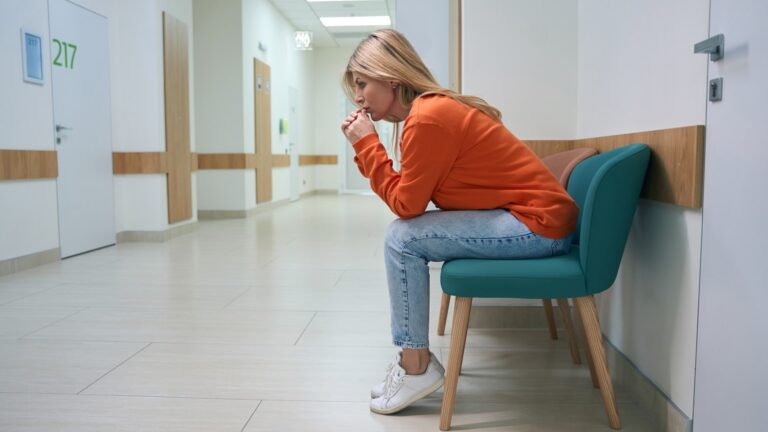WOMEN are being short-changed by the NHS and make up most of the waiting list, official figures show.
New data from NHS England show that 57 per cent of patients waiting for treatment are female while 43 per cent are male.

2
Women are waiting for 3.9million treatments, a million more than the 2.9m listed for men, while the remainder are uncategorised.
Female patients also wait longer than males as statistics show they are less likely to be treated within the 18-week target time and more likely to wait over a year.
Gynaecology, which looks after women’s reproductive health, has the longest waiting list of any single department for working age people.
Professor Ranee Thakar, of the Royal College of Obstetricians and Gynaecologists, said: “This data is a vital step in addressing the postcode lottery in gynaecology care.
“Delays can lead to a need for more complex treatment and significantly impact women’s health, wellbeing, and daily lives.
“We know that our members are working tirelessly to deliver more appointments and so it is encouraging to see waiting lists begin to fall in recent months.”
Overall, the NHS figures show patients living in working class areas, and those from black or Asian backgrounds, are more likely to face long waits.
In a blow to the economy, 56 per cent of waiters are of working age – more than 3.5million people, with many unable to work while they wait.
Ear, nose and throat clinics have the biggest backlogs, with 616,000 procedures due to be completed.
Ophthalmology and gynaecology both account for over 500,000 each, while cardiology and dermatology both have waiting lists of more than 400,000.
Sharon Brennan, of National Voices, said: “Being honest with the public is an important step to winning back the trust of communities who often feel unheard and sometimes unwanted.”
Health Secretary Wes Streeting said: “Only by being upfront and shining a light on inequalities can we begin to tackle the problem.”

2


